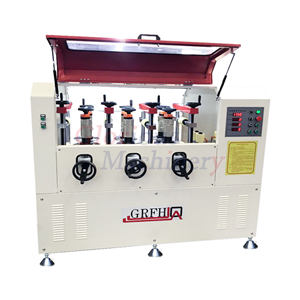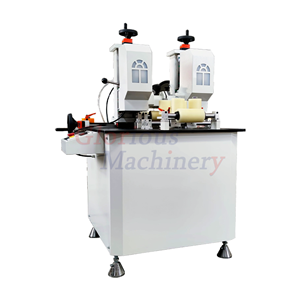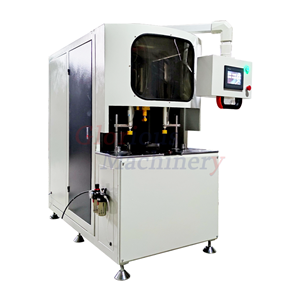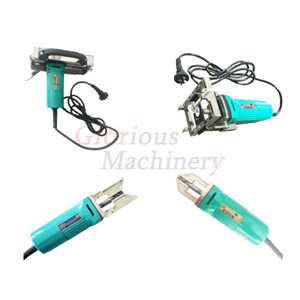- Home
- >
- News
- >
- Technical Article
- >
- Production Process of Insulated Aluminium Profiles (Broken Bridge Aluminium)
Production Process of Insulated Aluminium Profiles (Broken Bridge Aluminium)
Production Process of Insulated Aluminium Profiles (Broken Bridge Aluminium)
Insulated aluminium profiles, also known as "broken bridge aluminium," are widely used in building applications due to their excellent thermal insulation and durability. The production process consists of several key steps, each of which significantly impacts the quality and performance of the final product. Below is an overview of the standard production process for insulated aluminium profiles:
Raw Material Preparation
Aluminium Alloy Materials: Before production, aluminium alloy or pure aluminium materials that meet the production specifications are prepared. Ensuring the correct composition and proportion of materials is critical to ensuring the quality of the profiles.
Profile Cutting
Cutting Process: The aluminium profiles are cut using a variable-speed double-angle cutting saw to obtain the required frame profiles for window assembly. Precision in cutting is essential, with length and angle deviations controlled within ±0.5mm.
Hole Processing
Drilling and Milling Slots: Drainage holes and hardware installation holes are drilled and milled in the profiles, ensuring precise hole placement and the correct size, facilitating the assembly process.
Seal Strip Installation
Sealing Process: Sealing strips, typically K-shaped rubber strips and sealing wool strips, are applied to the end faces of the cut profiles to improve sealing performance, ensuring the window's windproof and waterproof qualities.
Assembly
Frame and Sash Assembly: The cut profiles are assembled into a window frame using connectors and screws. This step requires ensuring that all connections are secure to avoid loosening.
Thermal Break Insert
Thermal Break Insertion: Insulation strips are inserted into the slots of the aluminium profiles to ensure a tight fit between the strip and the profile, improving thermal insulation and overall performance.
Rolling and Composite Processing
Composite Processing: A rolling machine is used to bond the aluminium profiles and thermal break strips, ensuring a strong and stable connection. The process includes teeth cutting, inserting strips, and rolling, which enhances production efficiency and ensures the quality of the composite material.
Quality Inspection
Final Product Inspection: After production, all finished products undergo strict quality control. Inspections include checking dimensions, sealing, appearance, and strength to ensure the product meets industry standards.
Packaging and Shipping
Product Packaging: Once the products pass the inspection, they are professionally packaged for shipment. Packaging is done carefully to ensure that the products remain undamaged during transport and arrive at the customer's location in excellent condition.
Summary:
By following these steps, the production process of insulated aluminium profiles ensures the high quality and performance of the products. Each stage of the process plays a vital role in meeting market demands and high standards. With precise production techniques, insulated aluminium profiles not only provide excellent thermal insulation but also satisfy the diverse needs of customers.






